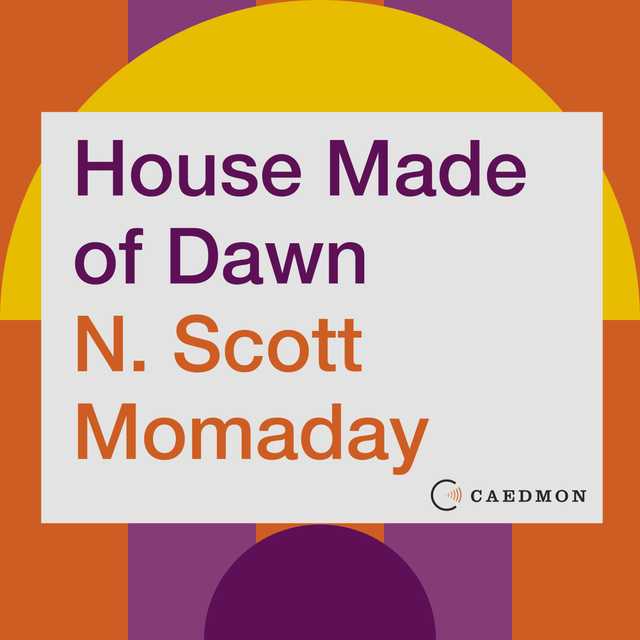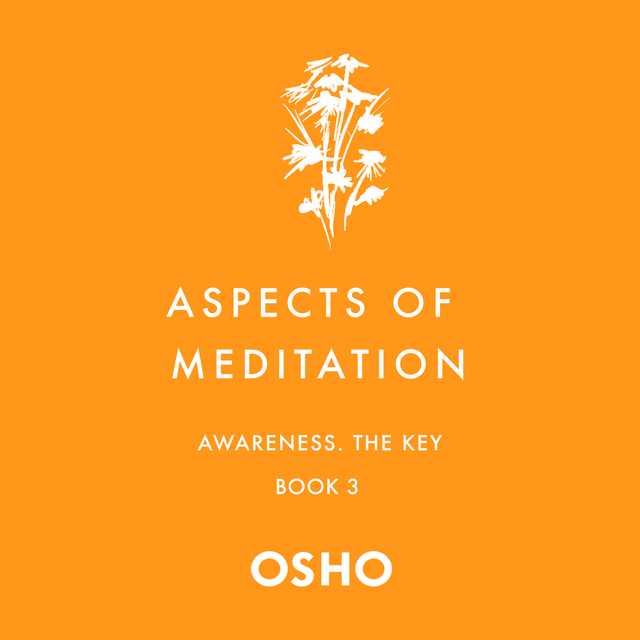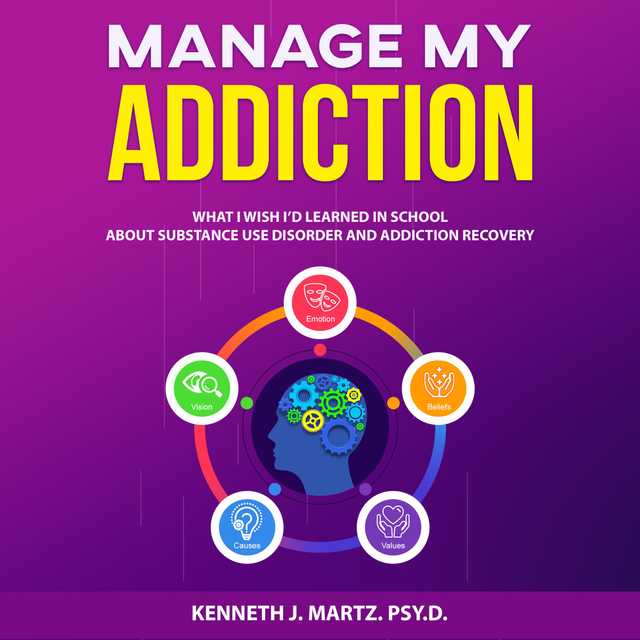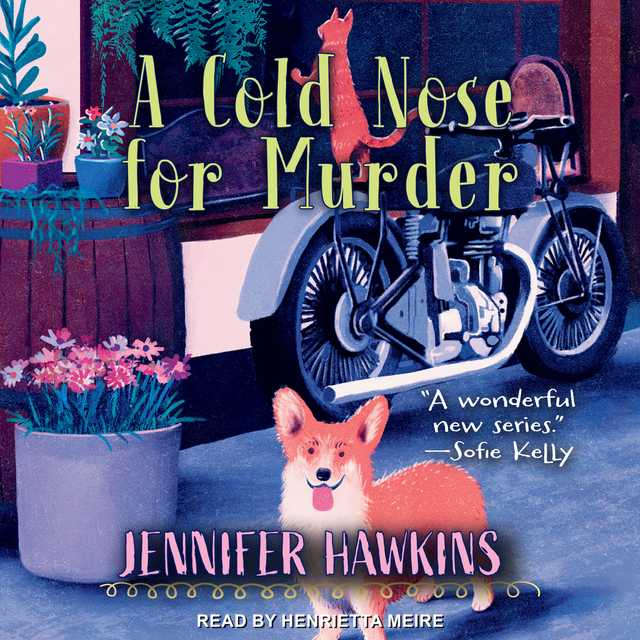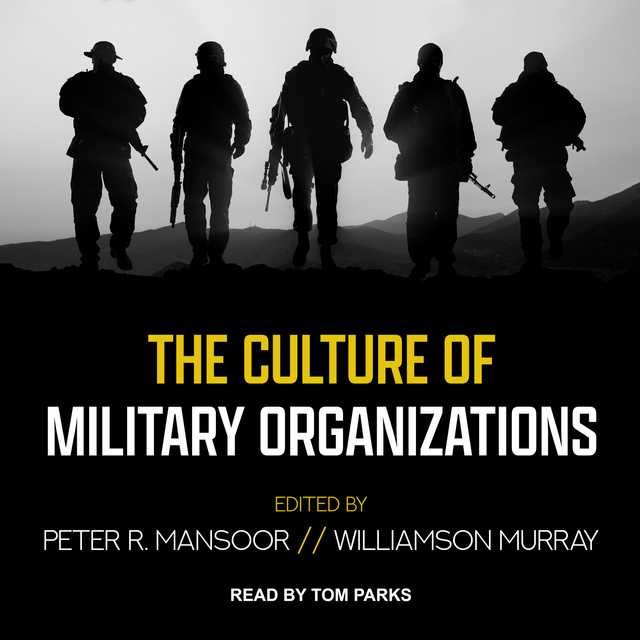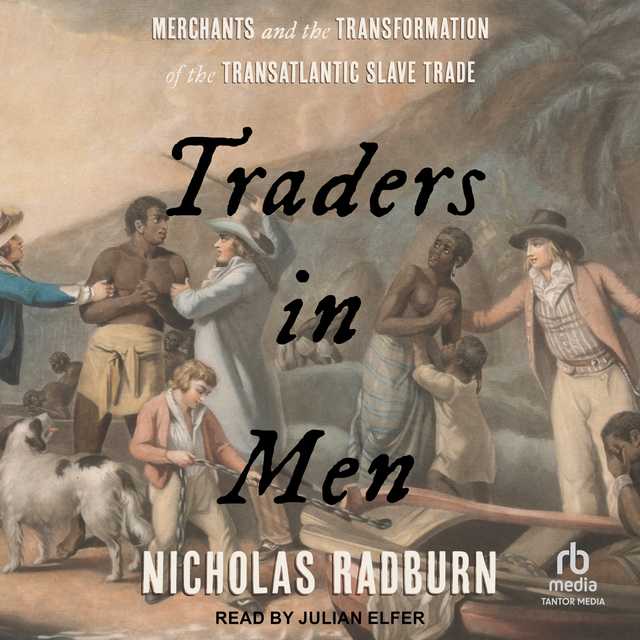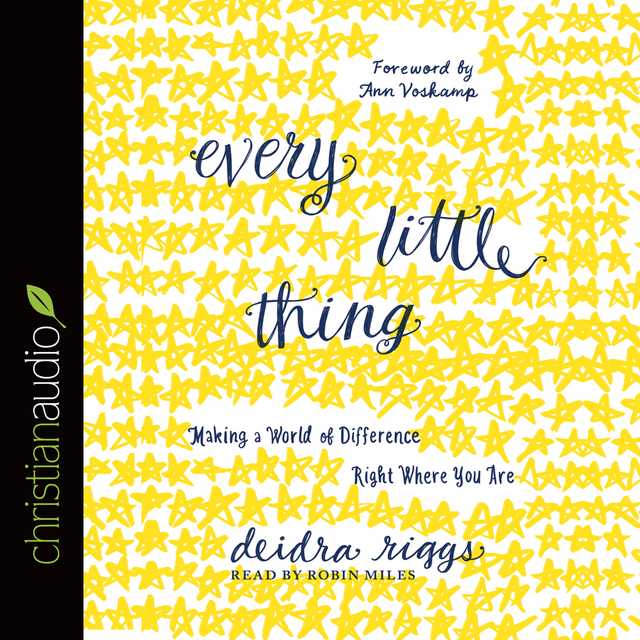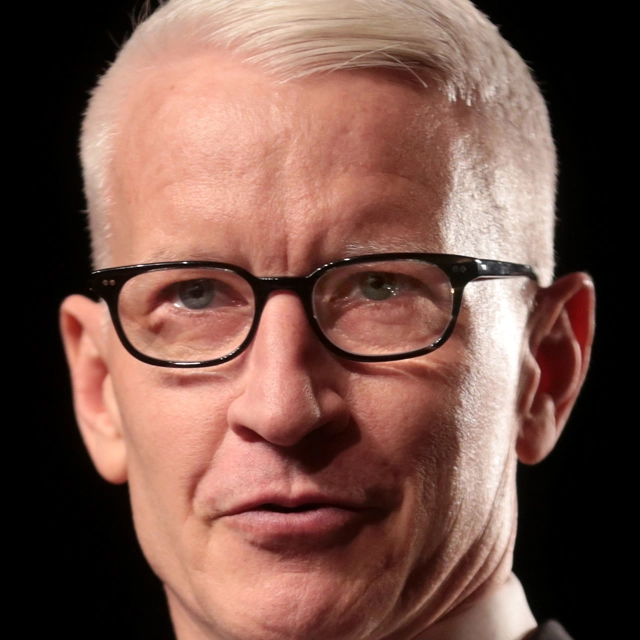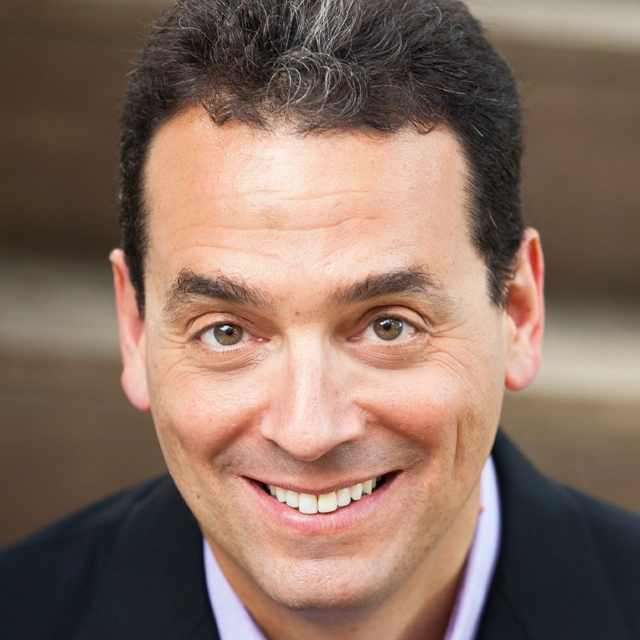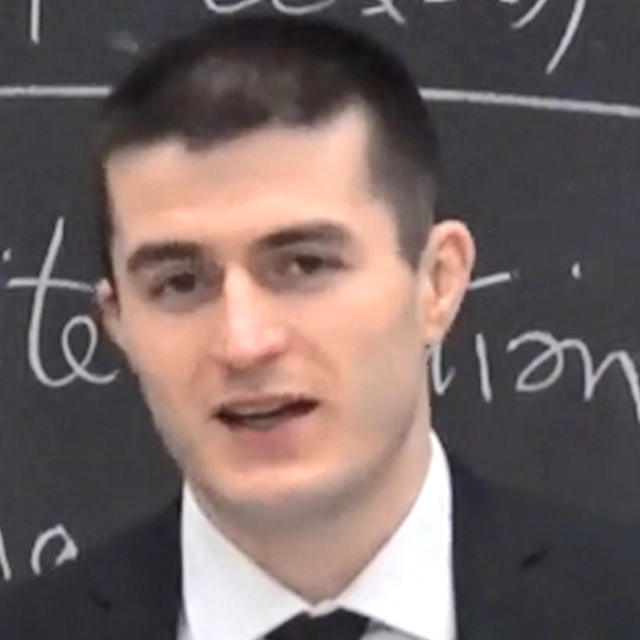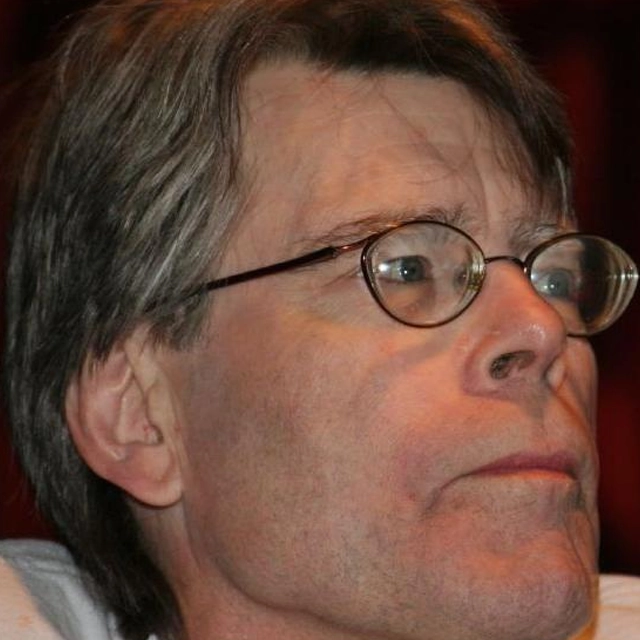House Made of Dawn Audiobook Summary
“Both a masterpiece about the universal human condition and a masterpiece of Native American literature. . . . A book everyone should read for the joy and emotion of the language it contains.” — The Paris Review
A special 50th anniversary edition of the magnificent Pulitzer Prize-winning novel from renowned Kiowa writer and poet N. Scott Momaday, with a new preface read by the author
A young Native American, Abel has come home from war to find himself caught between two worlds. The first is the world of his father’s, wedding him to the rhythm of the seasons, the harsh beauty of the land, and the ancient rites and traditions of his people. But the other world–modern, industrial America–pulls at Abel, demanding his loyalty, trying to claim his soul, and goading him into a destructive, compulsive cycle of depravity and disgust.
An American classic, House Made of Dawn is at once a tragic tale about the disabling effects of war and cultural separation, and a hopeful story of a stranger in his native land, finding his way back to all that is familiar and sacred.
Other Top Audiobooks
House Made of Dawn Audiobook Narrator
N. Scott Momaday is the narrator of House Made of Dawn audiobook that was written by N. Scott Momaday
N. Scott Momaday is an internationally renowned poet, novelist, artist, teacher, and storyteller whose works celebrate and preserve Native American heritage. He won the Pulitzer Prize for his novel House Made of Dawn and is the recipient of numerous awards and honors, including the Academy of American Poets Prize, the National Medal of Arts, the Ken Burns American Heritage Prize, the Dayton Literary Peace Prize Foundation’s Richard C. Holbrooke Distinguished Achievement Award, and the 2021 Frost Medal for distinguished lifetime achievement in poetry. A longtime professor of English and American literature, Momaday earned his PhD from Stanford University and retired as Regents Professor at the University of Arizona. He lives in New Mexico.
About the Author(s) of House Made of Dawn
N. Scott Momaday is the author of House Made of Dawn
More From the Same
- Author : N. Scott Momaday
- The Death of Sitting Bear
- In the Bear’s House
- Earth Keeper
- Dream Drawings
- Publisher : Caedmon
- Dubliners
- Julius Caesar
- The Two Gentlemen of Verona
- The Tempest
- Measure for Measure
House Made of Dawn Full Details
| Narrator | N. Scott Momaday |
| Length | 6 hours 29 minutes |
| Author | N. Scott Momaday |
| Category | |
| Publisher | Caedmon |
| Release date | March 10, 2020 |
| ISBN | 9780062995353 |
Additional info
The publisher of the House Made of Dawn is Caedmon. The imprint is Caedmon. It is supplied by Caedmon. The ISBN-13 is 9780062995353.
Global Availability
This book is only available in the United States.
Goodreads Reviews
Meike
November 26, 2018
This Pulitzer Prize winning novel tells the story of Abel, a young Native American torn between the reservation and the white world of settler colonialism, but it is also a book about the estrangement and alienation of postwar America in general. After fighting in WW II, Abel returns to the rez drunk and disturbed, and can't find his place in the world. After committing a terrible crime, his mental state is further unravelling...Major themes in the book are racism and alienation, the loss of cultural roots and the attempt to make the Native world disappear - but also the suffering of soldiers returning from the battleground, the universal strife for acceptance and dignity in human relations, the meaning of family and community, and the longing for spiritual connection. Like Abel, Momaday, a Kiowa, has lived on reservations and in mainstream society, and he modeled his protagonist after young men he met at Jemez Pueblo - even the crime he describes is based on a true incident. In his novel, he transforms his first-hand knowledge into a non-linear narrative full of beautiful descriptions of the American landscape, Native American stories and the depiction of cultural practices, as well as intricate portayals of the relationships between people and the way connection and disconnection work on the human psyche.I particularly liked how Momaday represented the importance of storytelling in the book, especially the oral tradition, "a very rich literature (...) always but one generation from extinction": "You see, for her (the grandmother's) words were medicine; they were magic and invisible. They came from nothing into sound and meaning. They were beyond price; they could neither be bought nor sold.""(...) that old woman was asking me to come directly into the presence of her mind and spirit."Another important passage talks about the hawk, and eagles are mentioned 26 times - which brings us to Brandon Hobson's NBA-nominated "Where the Dead Sit Talking", a book that not only shows a hawk on its cover, but in which the protagonist, Sequoyah ("sparrow"), is aked by his foster sibling Rosemary to read "House Made of Dawn"- and there are numerous connections between Hobson's and Momaday's books. So for everyone who, like me, loved "Where the Dead Sit Talking", this is required reading, because Momaday's shows new ways to read Sequoyah's story.A beautiful, haunting, and fascinating book that needs to be read and enjoyed slowly and with the highest concentration.
Mark
September 07, 2007
I read this book in one sitting. I found it extremely well written, and throughout I felt like I was existing with the characters. This book achingly portrayed the plight of Native Americans in the middle of the twentieth century, torn between the ancient and modern ways, scourged by alcoholism. I really liked the way Momaday interspersed past and present, the same way that people actually experience life, in their minds. Although this work saddens me on behalf of the protagonist, it does offer hope that the ancient ways will be continued by him, so I came away with a bittersweet taste.
Julie
February 11, 2009
Not a book one can rush through, and with it's lush, poetic prose why would you? Momaday captures the intrisic connections between the natural, spiritual and human worlds that are part of the American Indian experience. Pulitzer prize winner 1969.
Craig
February 13, 2018
I first read House Made of Dawn in a 1970 class on modern American literature. The class had split, sometimes with great passion, into factions devoted to either Hemingway or Faulkner, with the key issue amounting to something like "clarity vs. complexity." When we showed up for the first class on House Made of Dawn, both factions were sure Momaday was on "our side." And of course, we were both both right and wrong.I start with that because I think it speaks to the importance of Momaday's brilliant first novel. At the time it was presented in large part as the first important novel by a Native American writer (a judgment that today requires a string of footnotes, but is in some sense defensible). True enough and, especially for Native readers, the novel's meditation on tradition and modernity remains as compelling as it ever was. Like Momaday's memoir Way to Rainy Mountain, House confronts the problems of Natives in adjusting to a world that doesn't see them in any kind of 3-D form, if it sees them at all. Enmeshed in that, Momaday makes ti clear that he understands his relationship to the broad tradition of American and modern literature. The sections set in LA--with the unforgettable "Priest of the Sun" Tomasah (like Momaday a Kiowa) at the center--riff on Rinehart from Ralph Ellison's Invisile Man in a specifically Native voice. The (Hemingwayesque) scenes between Abel and Angela shimmer with erotic power; and those between Abel and the Albino echo the metaphysical unspeakablenss of Melville's white whale.And the writing itself, especially when Momaday centers on the southwestern landscape, is simply gorgeous.If you're only going to read a couple of books by Native writers--and you're shortchanging yourself if that's where you stop--this should join Leslie Silko's Ceremony, Ray YoungBear's Remnants of the First Earth, and Vine Deloria's collection of essays Custer Died for Your Sins, at the top of the list. If you want more, my "Native American" shelf has plenty of suggestions.
Edwin
April 13, 2021
You sit down to the table. It is old and stained and pitted. The light comes in sideways from the dirty opaque window on your left, with little flecks of dust floating lazily in the orange evening sunlight. The stew sits in front of you, redolent with the essence of the Native American Southwest. Each ingredient is tangible and distinct: the warm pieces of pork, the soft orange butternut squash, the posole, the flecked pinto beans, the coarse pieces of onion and fine pieces of minced garlic, the bright green cilantro. Steam rises from the bowl as you pick up your spoon and gently the aromas stir up memories: of trips to church, of family arguments, of childhood friends, of an old lover. You take our first bite. It is almost overpowering, each flavor palpable in your mouth: the warm cumin, the rich dark ancho chile, the bright bite of serrano, the hint of cinnamon and the oregano, especially the oregano. And yet they all blend together to make something more, something reminiscent of………… a sunrise, the rustling of autumn tree leaves, the call of a crow, your bare feet, dirty and hot in the afternoon sand, the smell of smoke from a mesquite-wood fire, flies buzzing in the sultry heat of the afternoon, and mostly blood, blood and the tears of your ancestors.I love a good Southwestern stew, and in the same way, I loved this book.
John
April 14, 2021
Surprise winner of the 1969 prize for fiction, “House ….” was the first novel of a Kiowa with an impressive White education. It chronicles the journey of GI Abel, returned from WW II back to home in Walatowa (Jemez Pueblo, New Mexico), then not really feeling at home anymore at home, and with a push from a federal administration intent on terminating all reservations, he migrates to the city where he feels even more uncomfortable.Abel’s obvious problem was not diagnosed until the Viet Nam War – PTSD - worse for Native Americans who not only had the problems other returning GI’s, but that of having to live in two worlds – the American one of his birth and the colonial European one that has engulfed his American world.Momaday begins his story when Abel returns from the war to “home,” Jemez Pueblo – Walatowá. There the author lays Abel’s lifeway base, describing some aspects of life for a native of Jemez newly returned from the chaotic Hell of WW II combat. This will later contrast with his life in Los Angeles where he will be even more lost and out of place.Momaday tells the story at different times in the story sequence from the viewpoint of different actors – Abel, Francisco, Abel’s grandfather. Tosamah. Ben Benally. Milly. Angela St. John. Father Olguin. All have a different take on the situation, all “know” what is going on within their world-view, which differs radically one from the next. There is the Native-Native view on the world. There is the Europeanized-Native view. There is the European view. All of the views are represented by several individuals. It is like the movie, “Rashomon” (short story “In a Grove” by Akutagawa Ryunosuke) except Momaday describes the different viewpoints at different times in the story. The novel begins by describing Abel running in the desert as a European would see it – a lone man, running in a desolate landscape. The last chapter describes the same scene in Native eyes, a scene rich beauty and filled with the ghosts of passed runners. In doing so, Momaday completes the circle, another classic Native belief – life is a continuous circle, the future coming back to complete the past.The abrupt see-sawing of time and character occasionally makes it difficult to mentally locate what is happening and to whom. But, it is not unlike some conversations; some parts read as if you are sitting in a bar and someone is telling you a story, complete with backtracking asides. This is a book best read twice as it is short but complex and difficult to see the subtleties if not Native. It is also a beautiful book filled with Diné (Navajo) Beauty-way song and description of how a Native views the world, how he/she sees and how it differs from the view of many Europeans (but not all!).The book is not for everyone, but it is one of the best American novels of the 20th century, and instructive for those who are open to learning.Osda dv!
Joseph
March 23, 2021
A while back a teacher and friend asked me: “What I wonder is, to what extent is Momaday a man of words on account of his adherence to his Kiowa side (the way Stegner adhered to his Norwegian side), and to what extent is he a man of words because he is a literary man? There is no doubt the genesis of the word-man comes from the native side, which mainlines right into that great sermon in House Made of Dawn, preached from the text, "In the beginning was the Word."Here are a couple of extracts from the great sermon referenced:“… in the beginning was the Word and the Word was with God, and the Word was God." … it was the Truth, all right, but it was more than the Truth. The truth was overgrown with fat and the fat was God. The fat as John's God and the fat stood between John and The truth.” … “In the white man’s world, language, too—and the way in which the white man thinks of it—has undergone a process of change. The white man takes such things as words and literatures for granted, as indeed he must, for nothing in his world is so commonplace. On every side of him there are words by the millions, an unending succession of pamphlets and papers, letters and books, bills and bulletins, commentaries and conversations. He has diluted and multiplied the Word, and words have begun to close in upon him. He is sated and insensitive; his regard for language—for the Word itself—as an instrument of creation has diminished nearly to the point of no return. It may be that he will perish by the word." (pp. 82-4)I’m going to try and back into an answer.First, House Made of Dawn is exceptional. It tells many stories, but Abel is the character at core. Although the book speaks of more than one place, the central place is Jemez, New Mexico. Abel is a composite of many American Indians. But, he is more than that. He is a WWII veteran who saw combat and there is enough in the way of flashback to recognize what we now call PTSD. He is a man who learns from his family and extended family. He suffers alcoholism and alienation. He loves and is loved by his grandfather. He knows women intimately. He suffers, is abused, kills, and is beaten almost to death. In short, he is portrayed in enough depth that it is easy to identify and empathize with him. Could a character like Abel have existed in other circumstances, i.e. outside of the Native American culture? Yes, suffering, alienation and abuse are common enough themes. Momaday has stated that Abel is a composite character based on people he knew. The literary man, Momaday, drew on his experience to draw his character. AND, by reading Momaday’s recounting of Abel’s past I can more easily identify with Guy Sajer’s The Forgotten Soldier and perhaps even my own father’s experience on Guadalcanal. Yes, Kiowa, but so much more than that.Second, Momaday is – by his own description – a poet. And, I seem to recall that he has suggested at least once that House Made of Dawn is an extended poem. When I read passages like this: “But the great feature of the valley was its size. It was almost too great for the eye to hold, strangely beautiful and full of distance. Such vastness makes for illusion, a kind of illusion that comprehends reality, and where it exists there is always wonder and exhilaration. He looked at the facets of a boulder that lay balanced on the edge of the land …” (p. 16)I read it sparely with pauses as with poetry: “The great feature of the valleywas its size. almost too greatfor the eye to hold, strangely beautiful full of distance. vastness makes for illusion, illusion that comprehends reality, where it exists …”I’ve read several interviews with Momaday. One that sticks with me is done by Matthias Schubnell. They had been talking about Emily Dickinson whom Momaday describes, perhaps lovingly, as “nearly infinite in her expression” with “a kind of regard for language that a great writer must have…. I think her survival was largely intellectual.” Schubnell follows up with this: “And you see that function of creative work as a way to accommodate life in your own case?” Momaday responds: “Yes, and more and more so. … I believe that I fashion my own life out of words and images and that’s how I get by. If I didn’t do those things, I think that I would find my existence a problem of some sort. Writing gives expression to my spirit and to my mind, that’s a way of surviving of ordering one’s life. That’s a way of living, of making life acceptable to oneself.” *I’m not sure I have answered my friend’s question. I’m not sure he was looking for a definitive answer. I miss being in his seminar, where I first read Momaday.Not quite finished (I do go on), one more observation. I’ve sort of read Momaday backwards. I started with more recent Momaday works including: Rainy Mountain, The Man Made of Words and In the Bear’s House. In the Bear’s House is my favorite. It is a mature Momaday and it is just absolutely beautiful writing. It is, in my opinion, magical and it is Momaday at the height of his power with words. Momaday wrote House made of Dawn over two years when he was in his early thirties. He wrote In the Bear’s House at 65. Reading these two books and considering differences in Momaday’s age brings to mind these words from the Analects: “At fifteen I set my heart on learning; at thirty I took my stand; at forty I came to be free from doubts; at fifty I understood the Decree of Heaven; at sixty my ear was attuned; at seventy I followed my heart’s desire without overstepping the line.” ***Conversations with N. Scott Momaday, ed. Matthias Schubnell. P. 84 ** Analects, Book II, Chap 4
Autumn
April 19, 2020
Powerful book about a man that wants to embrace the old ways of his Native American culture while he struggles to live in a modern, mostly white society; a modern society that unfortunately delves little into the interconnectedness of all souls. He manages his sorrows about this with alcohol. He endures a lot of abuse for being Native American. Parts of this book are heart wrenching. There are also undercurrents of an intense sensuality- that are actually incredibly moving. I think what is moving are the true connections that take place and all the feelings that the characters undergo. The language is beautiful, especially the sensory imagery, and I can see why this book won the Pulitzer. However, this is a book I’ll have to read many times with sticky notes to understand all the meanings contained, even though the novel is slim. I plan on doing so because it’s deserving of careful attention. I’d give it 5 stars, but I’m not sure I understood enough of it to feel confident in that rating. At times, it felt a bit all over the place, but is that the point? Maybe? Parts of the characters’ are scattered along time and vast landscapes, so it seems fitting that it is written in a way that reflects the characters’ struggles to find wholeness.
Fraser
June 20, 2022
Edit: forgot to circle back, but I do have a video review here: https://youtu.be/z-69ukxEItYLiked it quite a bit. Need to noodle on it a bit. RTC.
Hollis
January 10, 2022
"Then, through the falling leaves, he saw the machine. It rose up behind the hill, black and massive, looming there in front of the sun. He saw it swell, deepen, and take shape on the skyline, as if it were some upheaval of the earth, the eruption of stone and eclipse, and all about it the glare, the cold perimeter of light, throbbing with leaves. For a moment it seemed apart from the land; its great iron hull lay out against the timber and the sky, and the center of its weight hung away from the ridge. Then it came crashing down to the grade, slow as a waterfall, thunderous, surpassing impact, nestling almost into the splash and boil of debris. He was shaking violently, and the machine bore down upon him, came close, and passed him by. A wind arose and ran along the slope, scattering the leaves." (22-23)
Ivan
March 15, 2021
Momaday va decidir que podia fer una obra de gran qualitat literària, que jugués en la lliga dels grans, i a la vegada fer un retrat de la situació de l'amerindi als EEUU, i li va sortir una obra mestra. És una obra-iceberg on enfronta l'estil de vida del blanc (que queda molt mal parat), de l'amerindi que adopta l'estil de vida del blanc (que el condueix a la desorientació i la frustració) i de l'amerindi que decideix continuar amb la tradició dels seus avantpassats (l'opció correcta, segons Momaday, perquè és l'estil de vida més en sintonia amb la natura i els valors positius de la seva cultura). És més: ve a dir que a l'home blanc li aniria millor si aprengués de l'amerindi.
Joyce
December 09, 2020
I'm glad I finally read this Pulitzer-prize-winning classic. Wonderfully descriptive and beautifully bleak. Audio version does not do justice to language (cadence) or characters. Momaday only reads the introduction. Too bad--he would have done well to read it all.
Most Popular Audiobooks
Frequently asked questions
Listening to audiobooks not only easy, it is also very convenient. You can listen to audiobooks on almost every device. From your laptop to your smart phone or even a smart speaker like Apple HomePod or even Alexa. Here’s how you can get started listening to audiobooks.
- 1. Download your favorite audiobook app such as Speechify.
- 2. Sign up for an account.
- 3. Browse the library for the best audiobooks and select the first one for free
- 4. Download the audiobook file to your device
- 5. Open the Speechify audiobook app and select the audiobook you want to listen to.
- 6. Adjust the playback speed and other settings to your preference.
- 7. Press play and enjoy!
While you can listen to the bestsellers on almost any device, and preferences may vary, generally smart phones are offer the most convenience factor. You could be working out, grocery shopping, or even watching your dog in the dog park on a Saturday morning.
However, most audiobook apps work across multiple devices so you can pick up that riveting new Stephen King book you started at the dog park, back on your laptop when you get back home.
Speechify is one of the best apps for audiobooks. The pricing structure is the most competitive in the market and the app is easy to use. It features the best sellers and award winning authors. Listen to your favorite books or discover new ones and listen to real voice actors read to you. Getting started is easy, the first book is free.
Research showcasing the brain health benefits of reading on a regular basis is wide-ranging and undeniable. However, research comparing the benefits of reading vs listening is much more sparse. According to professor of psychology and author Dr. Kristen Willeumier, though, there is good reason to believe that the reading experience provided by audiobooks offers many of the same brain benefits as reading a physical book.
Audiobooks are recordings of books that are read aloud by a professional voice actor. The recordings are typically available for purchase and download in digital formats such as MP3, WMA, or AAC. They can also be streamed from online services like Speechify, Audible, AppleBooks, or Spotify.
You simply download the app onto your smart phone, create your account, and in Speechify, you can choose your first book, from our vast library of best-sellers and classics, to read for free.
Audiobooks, like real books can add up over time. Here’s where you can listen to audiobooks for free. Speechify let’s you read your first best seller for free. Apart from that, we have a vast selection of free audiobooks that you can enjoy. Get the same rich experience no matter if the book was free or not.
It depends. Yes, there are free audiobooks and paid audiobooks. Speechify offers a blend of both!
It varies. The easiest way depends on a few things. The app and service you use, which device, and platform. Speechify is the easiest way to listen to audiobooks. Downloading the app is quick. It is not a large app and does not eat up space on your iPhone or Android device.
Listening to audiobooks on your smart phone, with Speechify, is the easiest way to listen to audiobooks.

